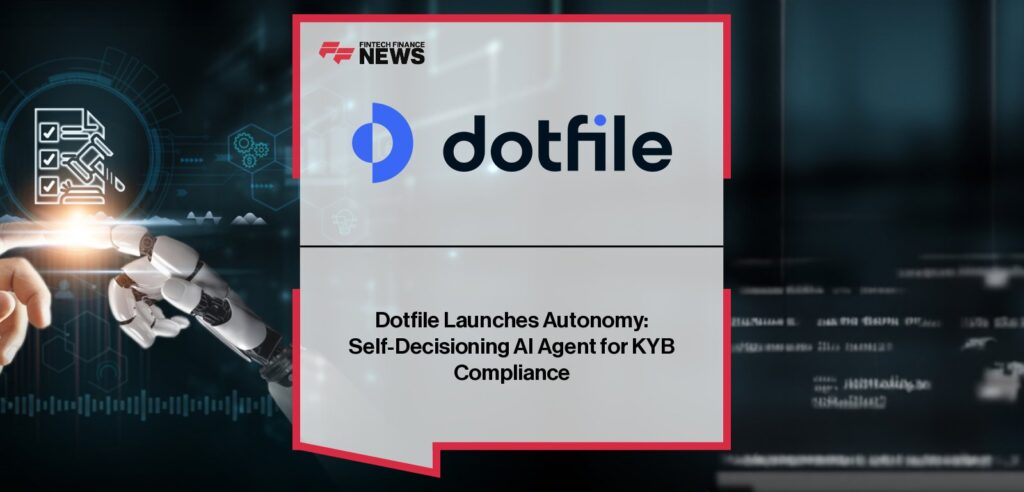Designing and deploying an AI-powered automation system for a small or mid-size business may seem daunting, especially for an operations manager without a technical background. However, with the right approach and step-by-step guidance, it becomes manageable and can lead to significant efficiency gains. This tutorial outlines the prerequisites, configuration steps, testing, monitoring, error handling, and cost control needed to implement such a system effectively.
Before initiating the deployment process, ensure that you have the necessary prerequisites in place. Familiarize yourself with your business operations and identify specific areas where automation would yield the most benefit. Common tasks suitable for automation include data entry, customer service responses, and routine reporting. Additionally, assess your existing tools and platforms to ensure compatibility with the AI system you plan to implement. A basic understanding of the data you will be working with and the desired outcome will help in the later stages of configuration.
The next step involves configuring the AI automation. Start by selecting an AI platform that aligns with your business needs and provides flexibility. Many platforms offer user-friendly interfaces that allow non-technical users to create automated workflows. Begin by defining the specific tasks to automate. Input the parameters for these tasks clearly, utilizing templates or guides provided by the selected platform. For instance, if you’re automating customer service inquiries, you would input common questions and suitable responses. The expected outcome at this stage is a functional AI model tailored to your operational requirements.
Once your AI model is configured, thorough testing is essential. Begin with a controlled environment where you can run the automation on sample data. Monitor the AI’s performance closely, noting any discrepancies in responses or processing speed. Testing should reflect real-world scenarios to ensure that the automation can handle the variety of inputs it will encounter. For example, if your automation is meant to process customer queries, simulate different inquiries to assess the accuracy of the AI’s responses. Adjust parameters as needed based on the results, aiming for precision and reliability before going live.
After successful testing, it’s time to implement monitoring mechanisms. Ongoing oversight is critical to ensure the AI maintains performance over time. Most AI platforms come with built-in analytics that allow you to track various metrics such as response time, error rates, and user satisfaction scores. Regularly review these metrics to capture any deviations from expected outcomes. For instance, if you notice an increase in error rates, this might indicate that your AI model needs updates or retraining. Establish a routine for these checks, aiming for a weekly review in the early stages post-deployment.
Error handling is an integral aspect of any AI-powered automation. Develop clear protocols for addressing issues that arise, such as system outages or unrecognized queries. Create an escalation path for when the AI cannot resolve a problem—this may include routing queries to human staff or sending alerts for immediate attention. Ensure all staff members understand these protocols and are trained in how to respond, fostering a seamless integration of AI into existing workflows.
Cost control is another vital component of successful automation. Initially, evaluate the costs associated with implementing the AI system, including subscription fees, initial setup costs, and potential training expenses. As you monitor the system’s performance, track any impacts on operational efficiency and resource allocation. For example, if your automation significantly reduces response times or frees up staff for other tasks, document these changes to quantify the return on investment. Periodically reassess these costs against the system’s performance to ensure that it continues to meet financial expectations.
When it comes to security, data retention, and privacy, it’s essential to adhere to regulations and best practices. Ensure that your AI platform complies with GDPR or other relevant regulations regarding data handling. Implement strong security measures such as encryption to protect sensitive information. Regularly review your data retention policies to maintain compliance while optimizing storage costs. Making informed decisions regarding data practices will reassure clients and regulatory bodies of your commitment to security.
Pay attention to the potential issue of vendor lock-in, which can arise when a business becomes overly reliant on a single AI provider. To mitigate this risk, design your automation with flexibility in mind. Use open standards where possible and ensure your AI workflows can be exported to other platforms if needed. By maintaining this adaptability, you can safeguard your business against future challenges and provide yourself with more options for technology upgrades or changes.
Finally, when estimating ROI, consider both quantitative and qualitative benefits. Quantitative benefits include reduced operational costs and time savings, while qualitative benefits may involve improved customer satisfaction and brand reputation. Calculate the overall impact on your bottom line, factoring in both direct and indirect benefits. Present these findings to stakeholders to secure ongoing support for your AI initiatives and justify continued investment in automation technologies.
FlowMind AI Insight: Implementing AI-powered automation in a small or mid-sized business may appear complex at first, but anyone can follow a structured approach to design, deploy, and sustain it. With careful planning and ongoing assessment, your organization can leverage AI to enhance efficiency, reduce costs, and maintain a competitive edge in the market.
Original article: Read here
2025-09-15 07:32:00

